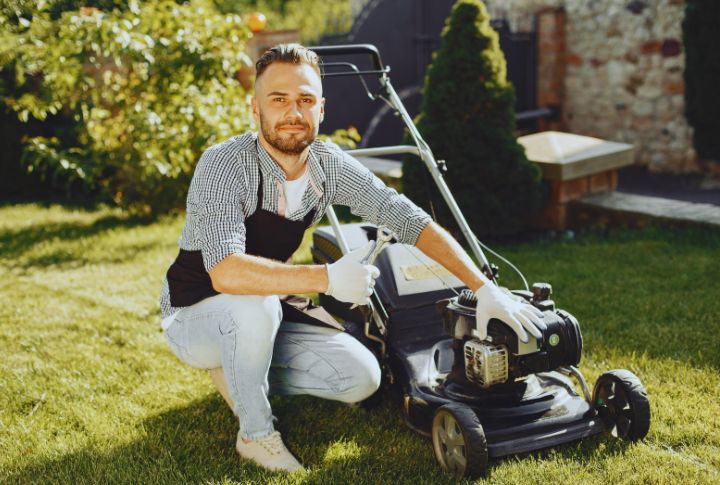
Most people think planting grass is simple until they face bare spots and uneven growth. The relationship between seeds and soil is more complex than it appears on the surface. Small mistakes in preparation or placement can derail your entire lawn project. Knowing the science behind successful germination changes everything. Here’s what you need to know about getting it right.
Preparing Your Lawn Before Seeding
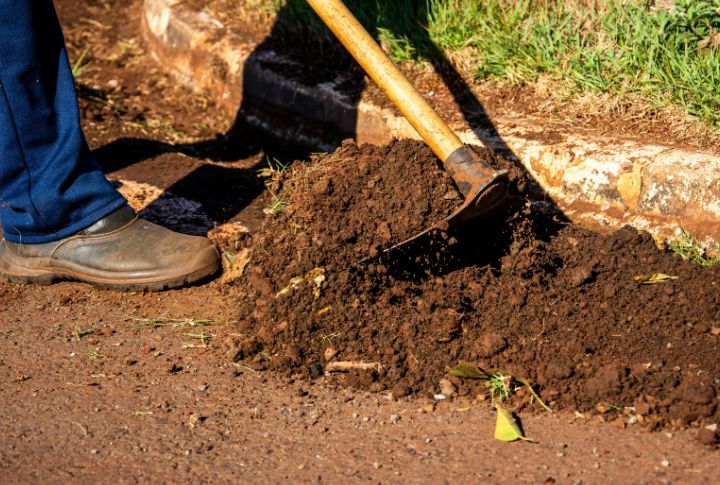
A great lawn starts with solid prep work. Clear out debris, loosen up any compacted dirt, and test your soil’s pH to give seeds the best shot at thriving. Skip these steps and you’ll end up with patchy spots that take forever to fix.
Choosing The Proper Grass Seed For Your Yard
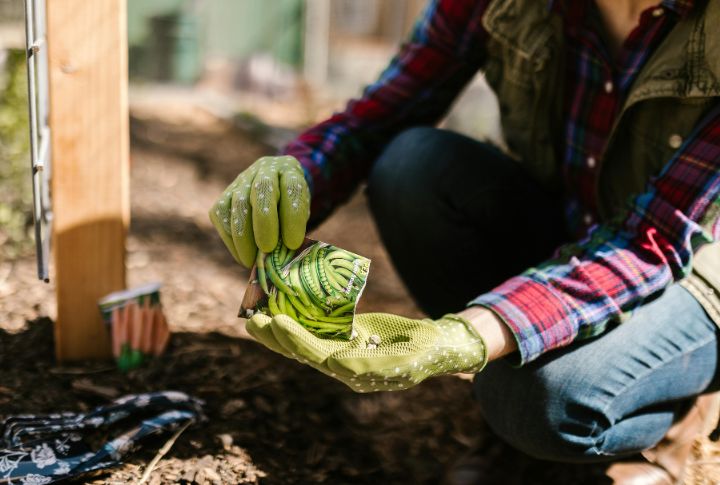
Every yard has unique conditions—sunlight, soil texture, foot traffic, and so on. Picking the right seed blend makes growth easier. Some grasses handle shade well, yet others love heat and activity. So, matching seed type with your environment helps achieve even, long-lasting greenery.
How Deep Should Grass Seed Be Planted
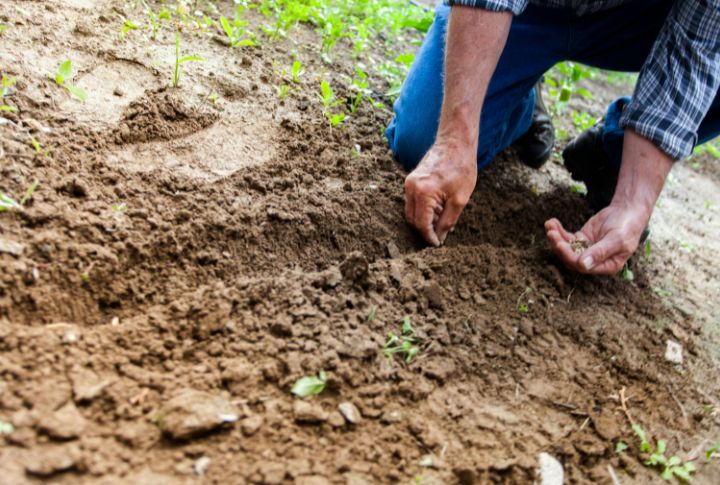
Planting grass seed isn’t about how deep the hole goes but how well the soil welcomes it. A gentle press into the surface allows moisture to meet the seed while sunlight still does its work. Burying it too far only hides the life waiting to grow.
Why Soil Contact Matters For Germination
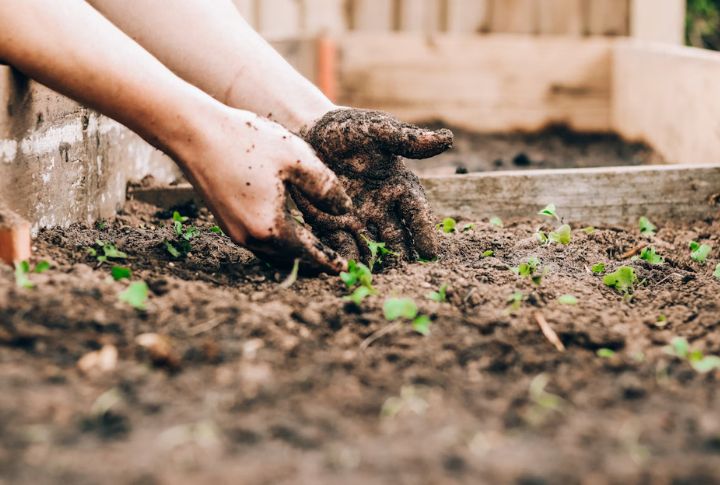
When a seed touches soil, it gains access to the moisture and nutrients it can’t find on the surface. That kind of good contact helps the roots push down firmly. Meanwhile, seeds lying loosely on top may dry out faster, thereby missing the critical window for germination and root development.
What Happens When Seeds Sit On Top Of Soil

Seeds resting on bare soil might sprout, but most won’t survive long. Wind, birds, or uneven watering can easily displace them. Even if they begin to germinate, their shallow roots struggle for stability. Without that grip, the fragile sprouts soon wither under the sun’s heat.
The Role Of Moisture In Seed Growth
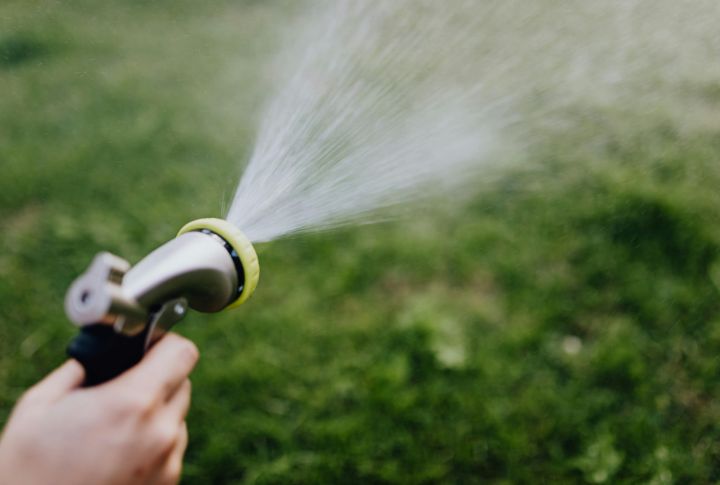
Moisture is like the wake-up call for seeds. Once they absorb enough water, the germination process begins. However, too little causes drying, while too much can drown the roots. All you need is just consistent light watering to keep the soil damp enough for steady growth without suffocating the seed.
The Best Soil Conditions For Germination

What happens when soil feels heavy and lifeless? Roots suffocate before they begin. What if it’s too loose? Water disappears before it helps. Grass seed growing on top of soil succeeds only when the ground finds a balance between firmness, air, and gentle moisture.
How To Protect Grass Seed From Birds And Wind
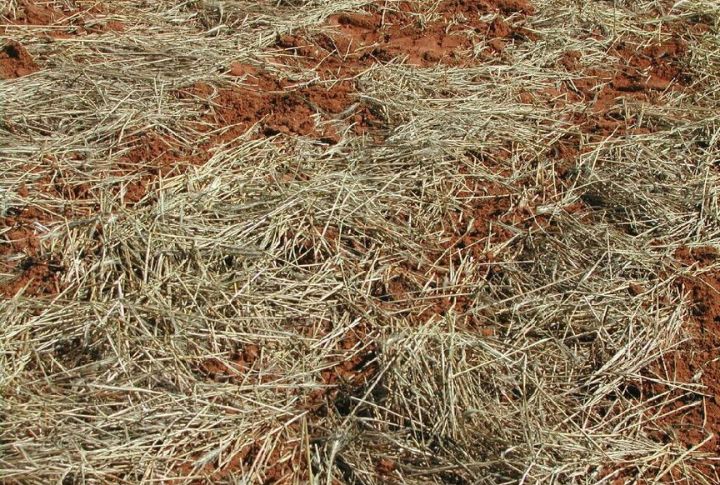
A calm morning breeze can do more harm than it seems, carrying away the seeds before they even take root. Birds add to the challenge, turning open soil into a buffet. A simple fix, like covering with straw or mulch, helps everything stay in place and grow steadily.
Watering Tips For Newly Sown Grass Seeds

Light, frequent watering keeps new seeds moist without washing them away. The goal is to keep the top inch of soil damp until sprouts appear. As the grass grows, deeper watering helps roots reach down further. Gradual consistency ensures stronger, drought-tolerant grass.
Post-Germination Care And First Mowing Tips

Once your grass reaches about three inches, it’s time for that first mow. Keep your blades sharp and never cut more than a third of the height off. This helps the roots grow stronger and gives you thicker, healthier grass that holds up well.

